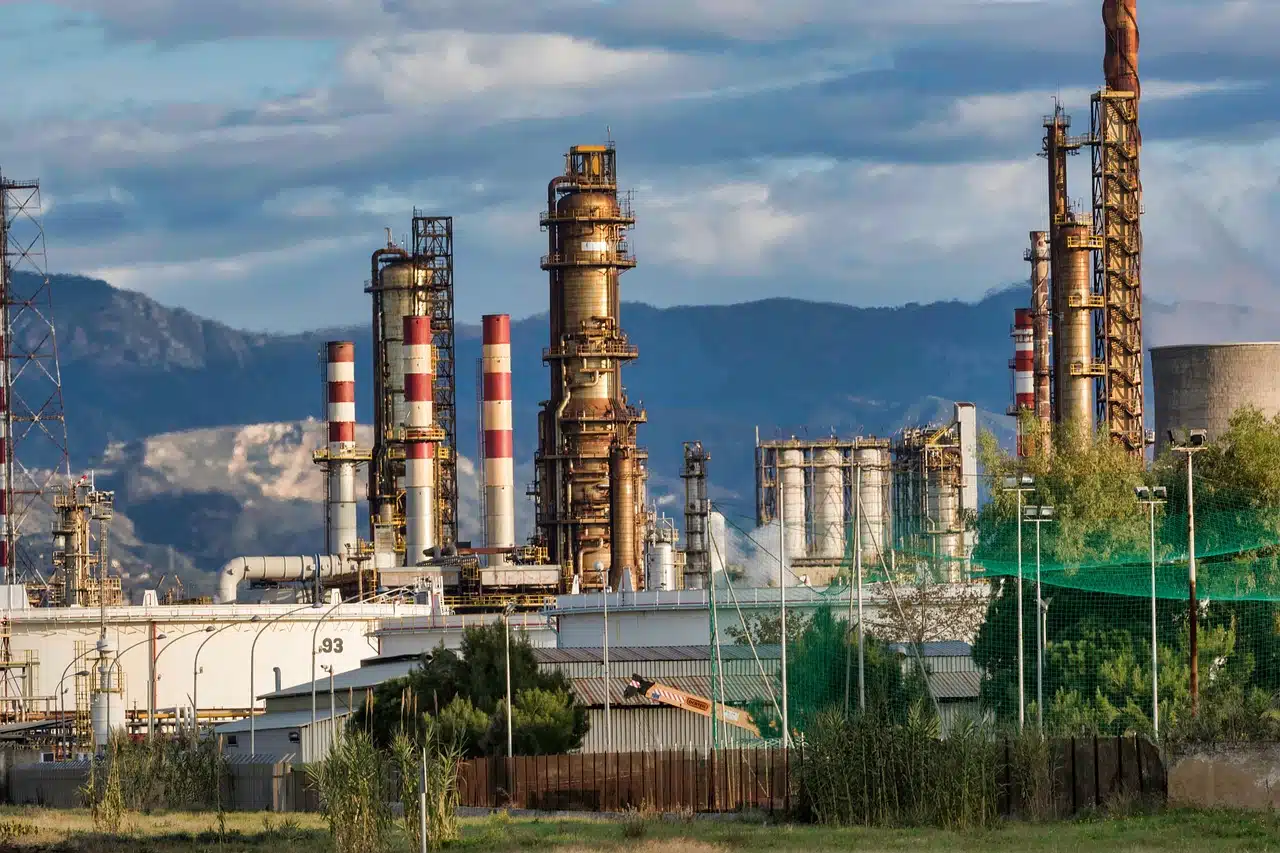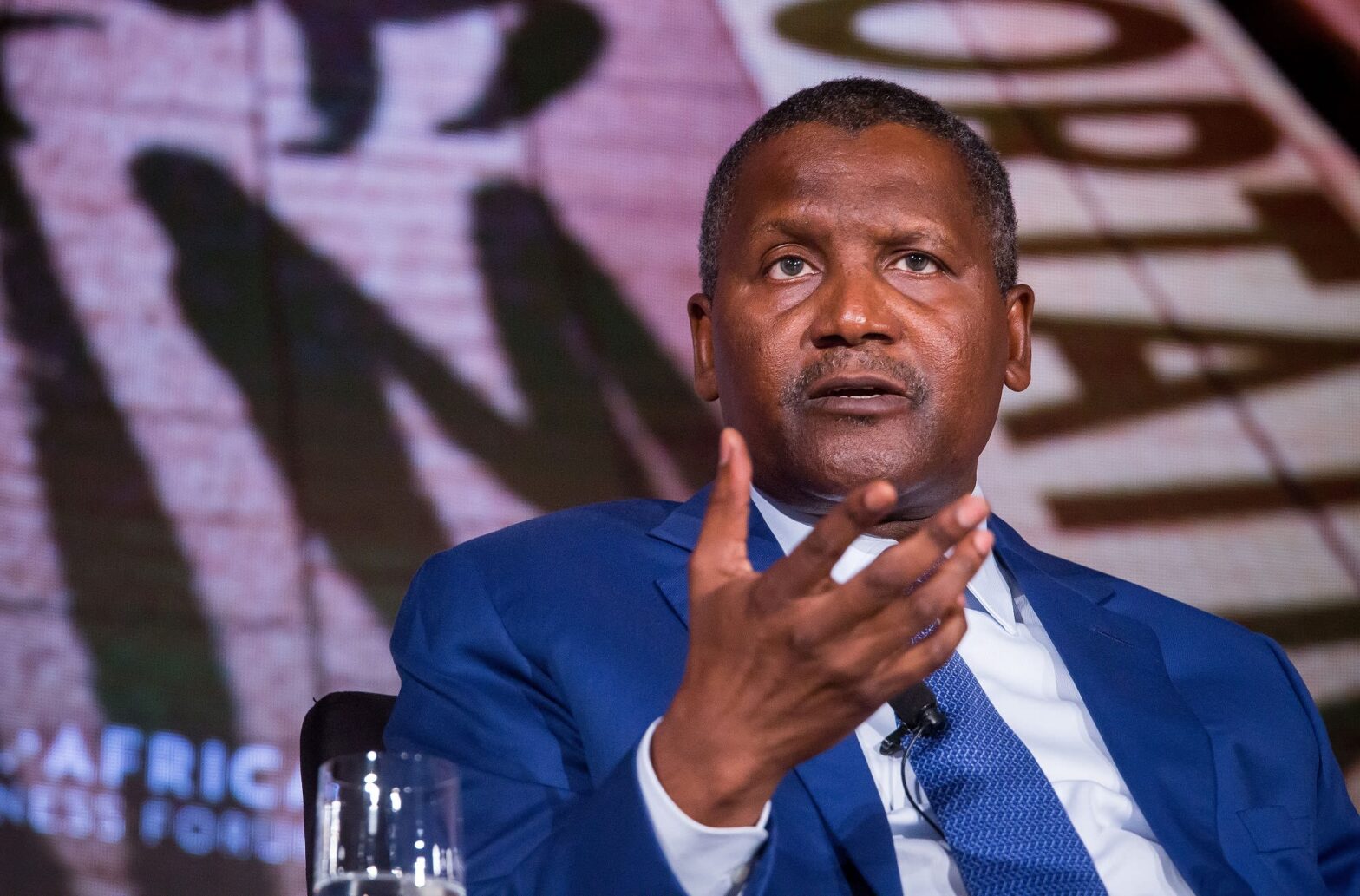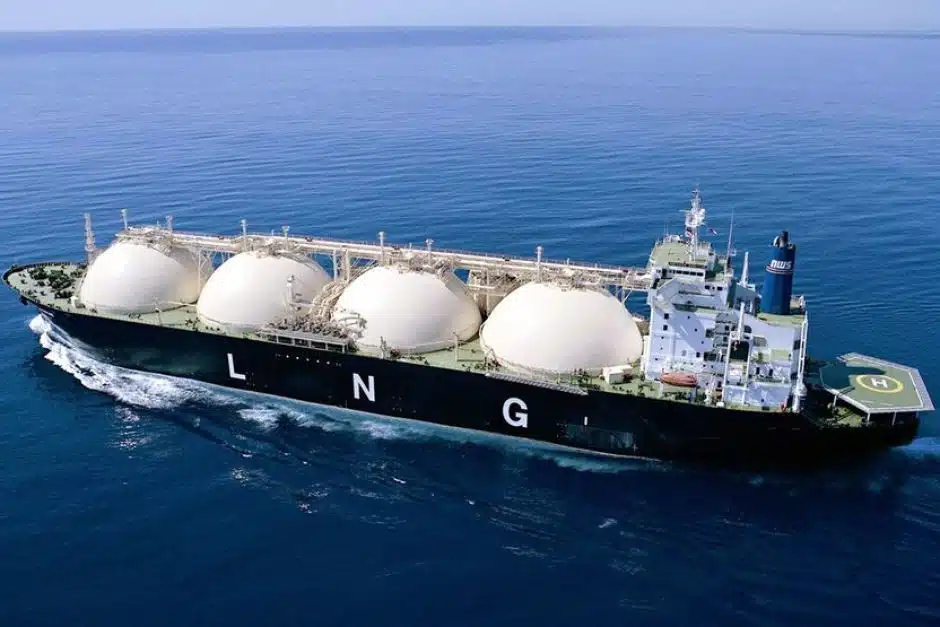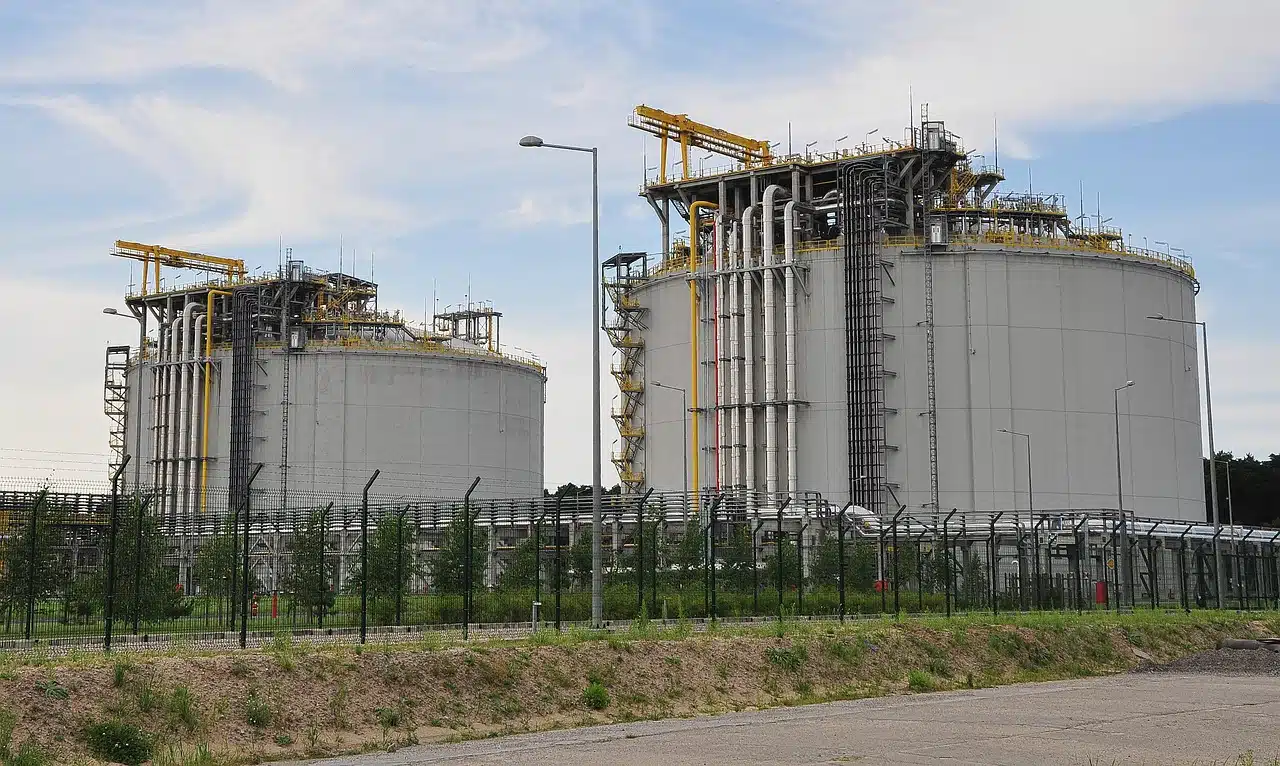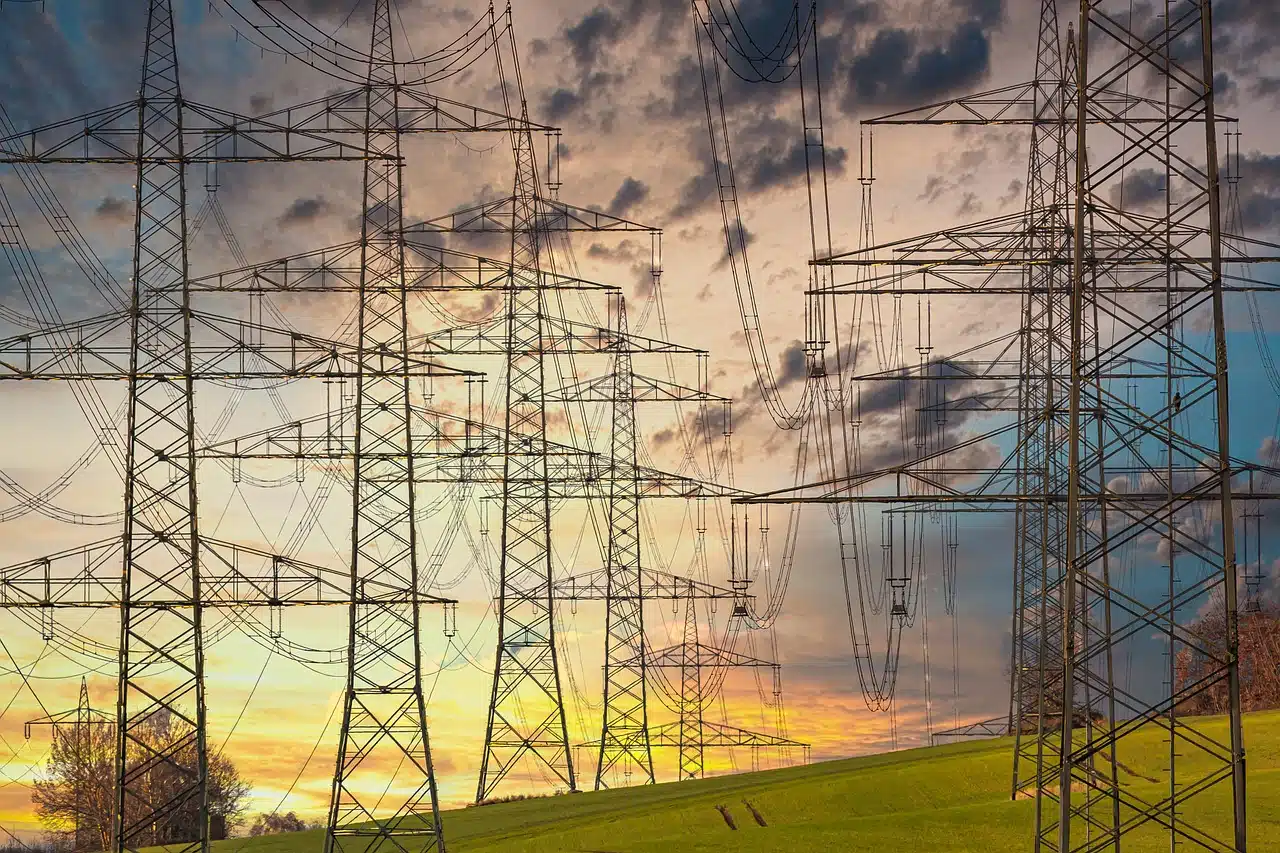Since returning to office, U.S. President Donald Trump has made a series of bold decisions and executive actions, many of which have stirred controversy both at home and abroad.
As America’s 45th and now 47th president, he joins Grover Cleveland as one of only two U.S. presidents to serve non-consecutive terms.
On his first day back in office, Trump swiftly signed a series of executive orders that rolled back key energy policies of his predecessor, signaling a drastic shift from the Biden administration’s agenda.
He has made energy a top priority, doubling down on his “Drill, Baby, Drill” stance and vowing to unleash the U.S. fossil fuel industry, just as he promised during his campaign.
To revive the U.S. economy, which he claims was mismanaged by the previous administration, Trump has adopted a protectionist economic approach, using tariffs as leverage in trade disputes.
On February 1, he announced new import tariffs targeting China, Mexico, and Canada, citing unfair trade practices.
The tariffs include:
– 25% tariff on imports from Canada and Mexico
– 10% carve-out for petroleum imports from Canada
– 10% tariff on all Chinese goods entering the U.S.
Trump’s tariff on China revives tensions from his first presidency (2017–2021), when he launched a trade war with Beijing. This move, which Biden largely maintained during his four year tenure, signals the potential for another prolonged and painful economic standoff.
In response to Trump’s 10% tariff on all Chinese exports to the US, China despite having reported the unfriendly trade behaviour to the World Trade Organization (WTO) retaliated immediately, imposing:
– 15% tariffs on U.S. coal and liquefied natural gas (LNG).
– 10% tariffs on U.S. crude oil, agricultural machinery, and automobiles.
This tariff war may not end soon.
Analysts at Morgan Stanley, for instance, predict that Trump is unlikely to stop at the 10% tariff, given his campaign promise to raise them as high as 60% on Chinese goods.
While the Mexican and Canadian tariffs have been temporarily eased for a period of 30 days, this reprieve comes with a condition: both countries must strengthen border controls to curb the flow of fentanyl and perhaps illegal migrants too into the U.S.
However, the 10% tariff on China remains firmly in place.
While data indicates that most fentanyl entering the U.S. originates from Mexico, with only a small fraction coming from Canada, Trump’s actions against China are closely tied to the trade imbalance between the two nations—an issue he views as unfair and detrimental to the U.S. economy.
China-U.S. trade relations: A complex, high-stakes partnership
China is the third-largest export market for the United States, following Canada and Mexico. Trade between the two economic giants constitutes a significant share of global trade, shaping supply chains, market access, and economic policies worldwide.
In 2022, U.S. exports to China made up 7.5% of total U.S. exports, while imports from China accounted for 16.5% of total U.S. imports.
In 2023, the total value of the U.S.-China goods trade reached approximately $575 billion, with $147.8 billion in U.S. exports and $428.1 billion in Chinese imports.
Currently, annual trade between the two nations exceeds $600 billion, with China maintaining a trade surplus.
Despite ongoing tensions, U.S. consumers and businesses have benefited significantly from trade with China.
A 2019 study by economists Xavier Jaravel and Erick Sager found that expanded trade with China boosted the purchasing power of the average U.S. household by $1,500 annually between 2000 and 2007.
A 2023 report by the U.S.-China Business Council found that U.S. exports to China supported over one million American jobs, representing 0.5% of the civilian workforce.
U.S. companies generate hundreds of billions of dollars annually from sales in China, reinvesting those earnings into domestic operations.
Chinese firms have poured tens of billions of dollars into U.S. industries, though investment has declined in recent years due to heightened U.S. government scrutiny.
Despite these benefits, the U.S.-China trade relationship is fraught with tensions over tariffs, technology restrictions, and market access, leading to market volatility and supply chain disruptions.
The U.S. imports far more from China than it exports, making the trade deficit a key political issue.
During Trump’s first term, the U.S. and China imposed billions in retaliatory tariffs on each other’s goods. China reduced imports of U.S. crude oil, LNG, and soybeans, impacting American producers.
Many U.S. companies relocated supply chains to Vietnam, Mexico, and other nations to avoid Chinese tariffs.
The U.S. has tightened restrictions on Chinese tech giants, including Huawei and more recently TikTok, citing national security risks.
Trade disputes between the world’s two largest economies send shockwaves through global markets, influencing:
– oil prices
– currency exchange rates
– investor confidence
Nathan Sheets, Global Chief Economist at Citi, also warns that escalating tensions could have severe economic consequences:
“Further sizable increases in tariffs could disrupt supply chains and production, with adverse implications for U.S. employment and growth. It’s really hard to put numbers on these effects — but they would be appreciable by any measure,” he told CNN.
Trump’s second presidency is expected to boost U.S. oil and gas production, reshape global energy supply dynamics, and alter corporate strategies, however, with uncertainties about the long-term impact on environmental policies and international climate efforts.
China’s energy imports
China relies heavily on imports to meet its energy needs, particularly crude oil, natural gas, and coal. As of 2023, about 72% of China’s crude oil supply came from foreign sources.
That same year, China imported 42% of its natural gas consumption, reclaiming its position as the world’s largest LNG importer for the first time since 2021, according to data by the U.S. Energy Information Administration (EIA). In contrast, coal imports accounted for only 10% of China’s total coal consumption.
China imports some energy resources from the United States, including crude oil, LNG, and coal, but these imports have fluctuated due to trade policies and geopolitical tensions.
According to China National Petroleum Corp., the nation’s biggest energy producer, China’s LNG imports grew by over 7% in 2024, compared with a 12.6% increase in 2023.
China’s LNG imports for February 2024 jumped to the highest ever level for that month, as a drop in spot prices spurred additional purchases of the fuel.
Deliveries rose to more than 5.5 million tons, a 15% increase from a year earlier, per Bloomberg data. That’s the first time China’s monthly imports have broken a record since 2021, before the global energy crisis sent prices surging.
In January 2025, China imported 5.99 million barrels of U.S. crude oil, which represented less than 2% of its total crude oil imports for that month.
In 2024, the U.S. supplied 6% of China’s LNG imports, valued at $2.4 billion, a small fraction of Beijing’s total energy imports. China also imports U.S. coal, though it makes up a minor portion of its overall coal consumption.
Despite these U.S. imports, China has built a diversified energy import network, sourcing supplies from about 40 countries in the Americas, the Middle East, Asia, Europe, and Africa.
However, Western-sanctioned countries like Russia, Iran, and Venezuela have become major suppliers, offering China discounted crude oil. In 2022, Russia was China’s second-largest crude oil supplier, exporting approximately $51 billion worth of oil.
China’s heavy reliance on energy imports is a strategic concern for President Xi Jinping, who has pushed for greater energy self-sufficiency.
In the summer of 2018, he directed China’s national oil companies (NOCs) to increase domestic oil and gas exploration and production to strengthen national energy security. However, progress has been slow, and China remains dependent on foreign energy supplies.
For petroleum-producing African nations, this dependence presents an opportunity to expand exports to China, especially as Beijing seeks to diversify its energy sources amid shifting global trade dynamics.
China’s trade relations with Africa
For over two decades, China has strengthened its engagement with African countries through trade, overseas development finance, and foreign direct investment (FDI). These economic ties have significantly influenced policy relations, particularly in development sectors.
China’s financial involvement in Africa has delivered both opportunities and risks for African governments, spanning economic growth, oil and gas, extraction of transition materials, and rural electrification.
A major component of this engagement has been China’s overseas lending and development finance, which has contributed to infrastructure development across the continent. From 2000 to 2022, China provided an estimated $170 billion in overall lending, with $134 billion coming from its two major development finance institutions—the China Development Bank (CDB) and the Export-Import Bank of China (CHEXIM).
A 2023 report from Boston University (BU) highlights that China’s energy sector financing in Africa is heavily focused on fossil fuels, supporting both electrification and resource extraction. That year, at least 51% of the $52 billion in CHEXIM and CDB energy finance was directed toward fossil fuel projects, including oil, coal, and natural gas.
Amid escalating trade tensions between China and the U.S., analysts suggest that Africa’s oil and gas industry could experience both short- and long-term benefits.
However, the trade rift could also lead to global oil price fluctuations, which may have significant consequences for African economies that depend on oil exports for national revenue, making them vulnerable to price volatility.
Unstable oil prices can strain government budgets, deplete foreign exchange reserves, and slow economic growth. As China continues to expand its economic footprint in Africa, the evolving global trade landscape will shape the continent’s energy and economic future.
Africa to export more energy to China
Africa is already a key energy supplier to China, but worsening trade relations between China and the U.S. could further expand Africa’s role in meeting China’s energy needs.
In response to these tensions, China may also increase its energy investments across the continent, although the substantial debts owed to Beijing by some African nations could influence future engagements.
Historically, Angola has been a major oil supplier to China.
In 2010, Angola was the world’s second-largest exporter of oil to China, behind Saudi Arabia. By 2023, however, Angola had dropped to eighth place in China’s oil import rankings.
Still, Africa remains a significant energy partner, with petroleum crude oil accounting for 41% of the continent’s total exports to China in 2022.
Nigeria is another key oil supplier, playing a crucial role in Africa’s overall energy exports to China.
In South Sudan, China is heavily involved in facilitating crude oil exports from the conflict-ridden country.
China’s CNPC and Sinopec, led a consortium involving Malaysia’s Petronas to construct the Petrodar pipeline, a critical infrastructure spanning over 1,500 kilometers (932 miles) from South Sudan’s Melut Basin to Port Sudan.
In the natural gas sector, Mozambique has emerged as an important LNG exporter to China, with projects like the Coral South Floating LNG facility increasing its export capacity.
Equatorial Guinea also supplies LNG to China, further strengthening energy trade between the two regions. Additionally, in May 2024, Niger resumed crude oil exports to China via the Niger-Benin pipeline after resolving a dispute that had temporarily halted shipments.
China’s energy demand is growing, cementing its position as the world’s largest importer of crude oil and natural gas. Following retaliatory tariffs on U.S. energy imports—including a 15% tariff on LNG and coal and a 10% tariff on crude oil—Chinese refiners and petrochemical companies are expected to scale back imports of American petroleum.
As a result, they could turn to alternative suppliers in Africa, including Angola, Nigeria, Ghana, and Mozambique, opening opportunities for increased hydrocarbon exploration and production.
The deepening economic ties between Nigeria and China are already evident.
In November 2024, Nigeria signed a $1.2 billion deal with China’s state-owned CNCEC to revamp a key gas processing facility at the Aluminium Smelting Company of Nigeria (ASCON).
This initiative aims to boost Nigeria’s domestic gas production, with potential exports to China.
China was one of the three main destinations for Ghana’s crude petroleum exports in 2024, others being India and the US.
In Uganda, the government has granted a single petroleum production license (PL) to China National Offshore Oil Company for the Kingfisher field, one of the country’s three largest oil fields. Uganda expects its first commercial oil production before 2030.
If China seeks to secure a long-term energy supply from Africa as a hedge against U.S. trade policies, it could significantly increase investment in African oil and gas infrastructure. However, this shift would require substantial funding and long-term commitments to enhance production capacity, build refineries, and expand energy transportation networks.
Huge investment requirement
With the US becoming a less reliable supplier, Beijing may deepen its energy partnerships with Africa, particularly through Belt and Road Initiative (BRI) energy projects.
This could mean many things for the oil industry in Africa, including more Chinese funding for oil exploration, refineries, and pipelines; increased collaboration on energy infrastructure and technology transfer.
This would all amount to a potential shift in African energy geopolitics that could make China a dominant player in African energy.
As the US-China tariff war disrupts global trade patterns, it opens new opportunities for Africa’s oil and gas sector, however, with its risks.
African oil and LNG could gain a larger share of the Chinese market, but this depends on price competitiveness and long-term contracts.
Market volatility could harm African economies dependent on oil revenue, especially if global prices fluctuate. This is already happening as we speak.
However, China-Africa energy ties may deepen, potentially leading to more investments in oil and gas infrastructure.
While the US and China remain economically interdependent, the ongoing contentious trade dispute between both nations creates geopolitical tensions and supply chain shifts in the global oil and gas market that could prove positive for the African markets in the short to long term.



